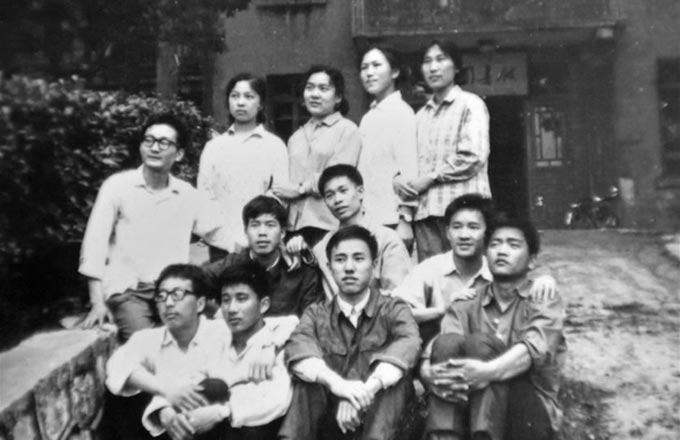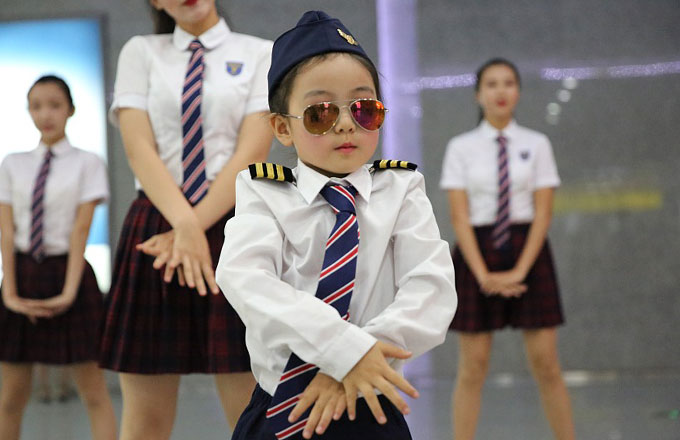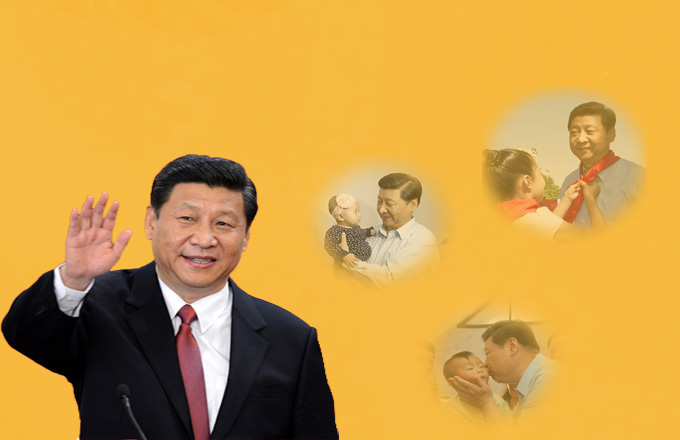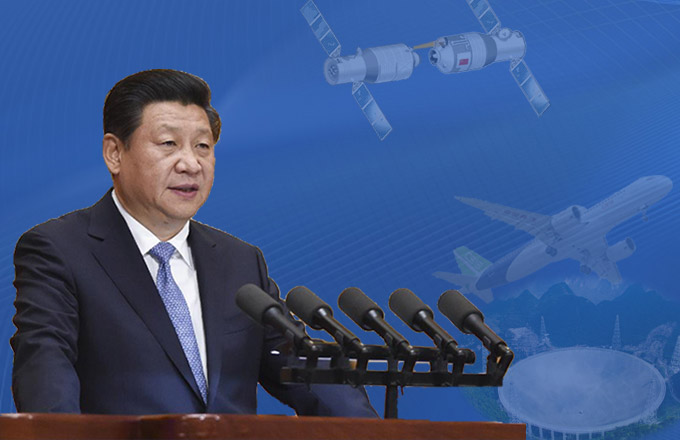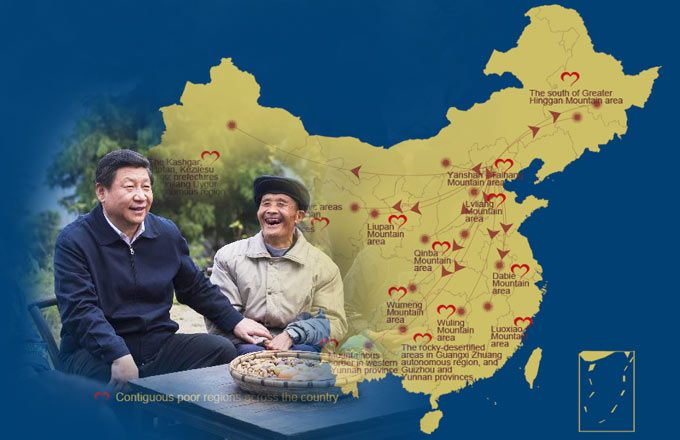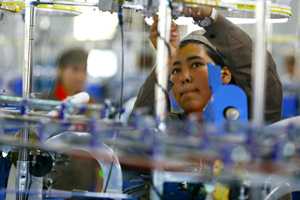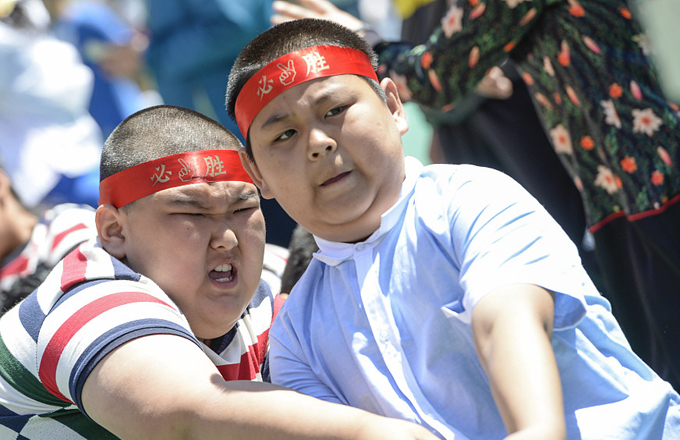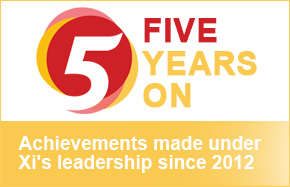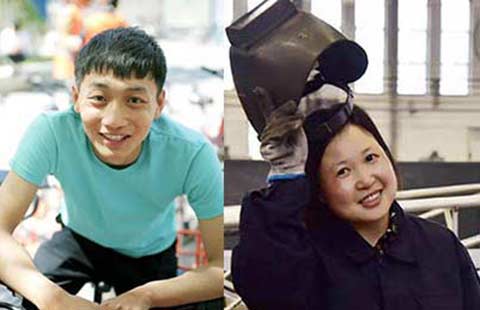More students looking overseas
Applicants say they want to avoid the stress of studying for Chinese college entrance exam
Yang Dongdong is studying for exams to enter a college in the United Kingdom.
The 16-year-old boy is in a top class in a Chongqing school and admits that "in a class like mine, half of the students will end up in Tsinghua or Peking University", both top universities in China.
However, Yang decided to opt out of the Tsinghua and Peking University stream.
"If I want to enter a university like Tsinghua or Peking, I have to pay too much attention to the gaokao (the college entrance exam). I'd like to have more fun and diverse experiences at high school, which I can talk about for the rest of my life," he added.
Yang is not alone. An increasing number of Chinese students have started to consider an alternative to the gaokao: going abroad.
In 2012, the Ministry of Education said 399,600 Chinese students went to study abroad, an increase of 17.65 percent from 2011.
The number of Chinese students in the United States at undergraduate level has greatly increased in 2012, according to the Open Doors 2012 report, published by the Institute of International Education with support from the Bureau of Educational and Cultural Affairs of the US State Department in November.
In Beijing, 72,736 students signed up for the gaokao in 2013. However, the figure was 126,000 in 2006.
Some of the missing students, like Yang, are targeting universities overseas.
According to the Open Doors 2012 report, Chinese student enrollment showed an increase of 23 percent, and 31 percent at undergraduate level.
The number of Chinese students enrolled in US institutions of higher education in 2011-12 increased from 157,558 to 194,029, or 23 percent, over the previous year.
Overseas universities are welcoming Chinese students with open arms.
The University of Sydney began to accept the gaokao result as an application credential in 2012, becoming the sixth university in Australia to do so.
Eliza Chui, education consul at the Australian consulate-general in Shanghai, said that it has been more than a decade since the Australian government first thought about recognizing the gaokao.
"In mid-2000, the government noticed the number of Chinese undergraduate students was increasing and we researched the best way to accept students from China.
"The research looked into the entrance examination curriculum, what type of exams they take, and how different provinces actually use the results. It was in-depth research.''
Reports and figures also show that the number of self-funded students has increased rapidly.
The Ministry of Education said that among nearly 400,000 Chinese students overseas in 2012, about 380,000 were self-sponsored.
The Open Doors report shows that 64 percent of international students — and 82 percent of undergraduates — rely primarily on personal and family funds to pay for their studies.
Yang's mother, Gan Xiaoying, a retired doctor, supports her son's decision to study abroad.
"We are not a super-wealthy family but we can afford his overseas study.'' The family prepared 1 million yuan ($163,000) for education funds.
"A one-bedroom apartment in Beijing is worth more than 1 million yuan now. Chinese people are getting rich, and children's education is always the priority."
Xia Xueluan, a retired sociology professor from Peking University, said that the trend is for more students to go abroad but he believes that the best timing for overseas study is at the post graduate level. According to Beijing Business Today, some 240 out of nearly 600 senior students in Beijing National Day School gave up the gaokao in 2013.





